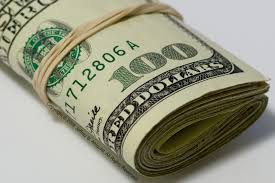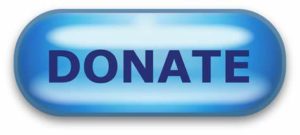Here are some interesting facts about Wisconsin’s school voucher program. These could be relevant here as Tennessee’s plan is estimated to cost as much as $300 million when fully implemented. Ask yourself: What happens when $300 million is no longer available for the BEP?
2019: 38,862 students at 284 schools statewide receive publicly funded vouchers to attend private schools in 2018-2019. Total cost: $311,470,259.04 (estimated).
Compare to 2018: 35,420 students at 240 school statewide received vouchers in 2017-2018. Total cost of vouchers in 2017-2018: 274,003,172.65 (estimated).
Over 55% of the entire student population of participating schools receive vouchers in 2018.
Only 28% of students receiving vouchers ever attended a public school.
Every year, the enrollment cap is increased by 1% of the local public school district’s enrollment, allowing more students to enter the program. In the 2026 school year, that cap is set in state law to come off entirely.
Students receiving vouchers in 2018-2019 must qualify by income. For the statewide program, that’s 220% of poverty; for the Milwaukee and Racine programs, it’s 300% of poverty. In contrast, students who qualify for Free & Reduced Lunch in public schools must meet at 185% poverty threshold.
Source: Department of Public Instruction
https://dpi.wi.gov/sms/choice-programs/data
Can Tennessee afford a $300 million voucher scheme that Bill Lee wants to fast track?

For more on education politics and policy in Tennessee, follow @TNEdReport
Your support makes publishing education news possible.
